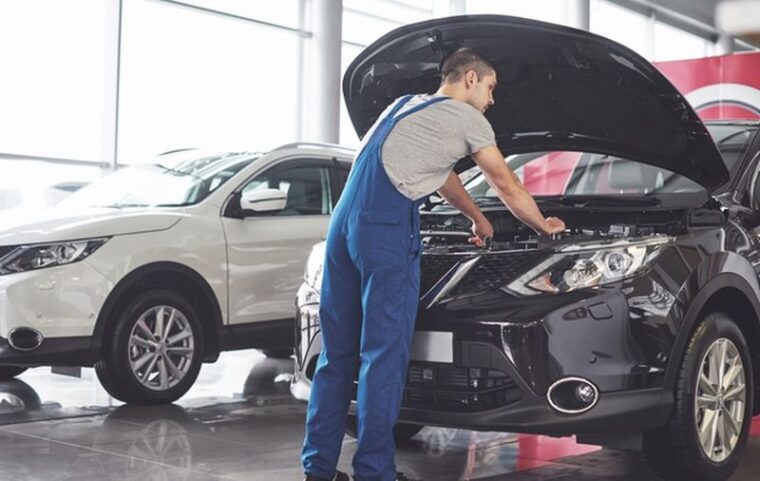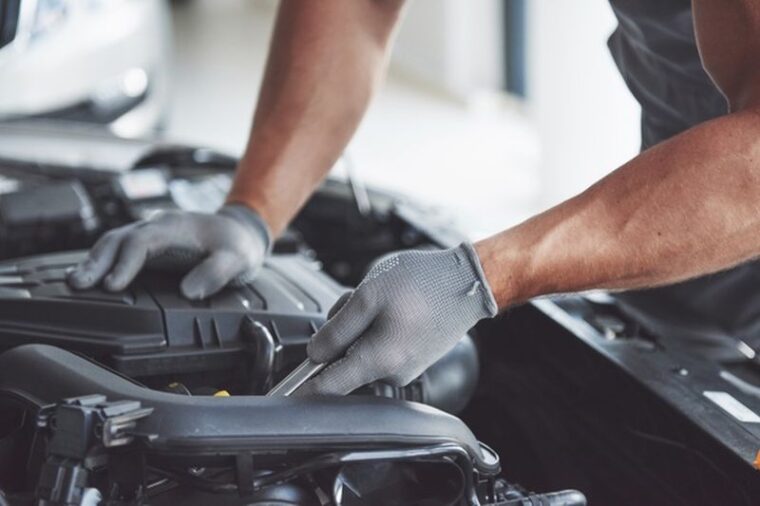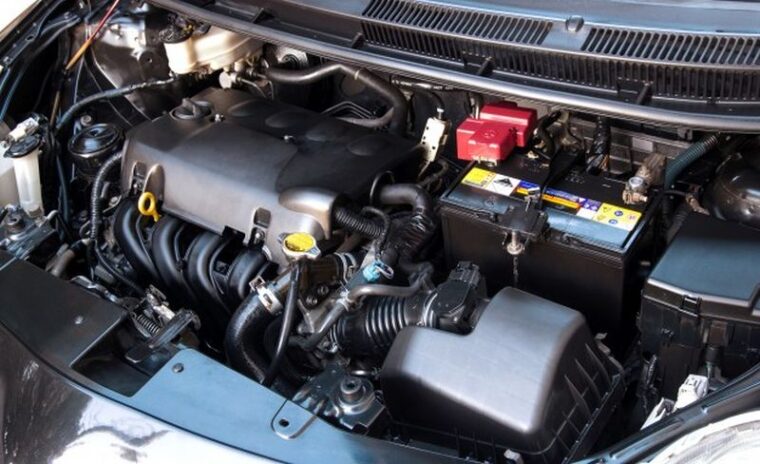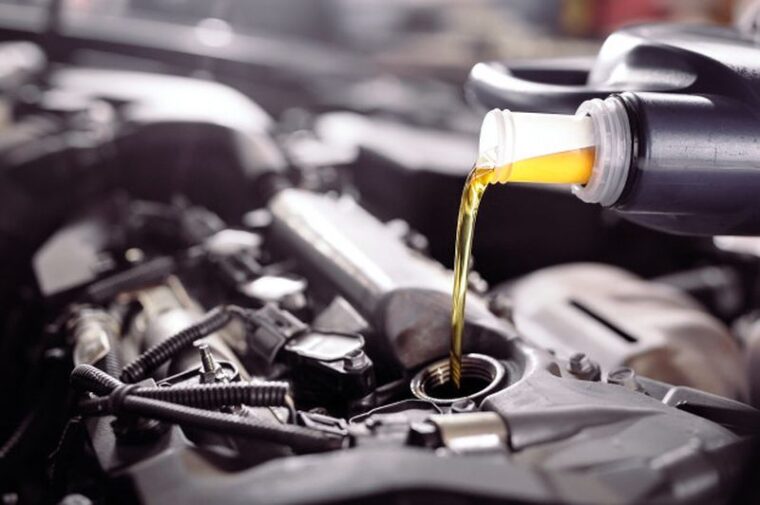Are you on the lookout for a used car engine? If so, you might need a bit of help with finding the best kind on the market. You don’t want to get tricked into buying something that is not suitable for your car, or your budget, right?
If you wish for an ultimate buyer’s experience and you’re feeling a bit stuck, and as if you need a bit of help, keep on reading and follow these 8 key rules before you make your next purchase.

-
There are private or certified engine suppliers
Engine shops and most professional sellers will give you a 30-day warranty on their used items. However, a private seller will tell you to meet him at a random corner, since they don’t want you to know where they live. Therefore, they can be a bit shady and are not as trustworthy as other certified sellers. Avoid purchasing some used engines by an uncertified seller, it’s for your own safety.
However & luckily for you, you can find your ideal used part at Usedpart.us. The company has over 18k salvage yards and junkyards connected + everything is easily found and browsed through their database. You will easily find your perfect model in its optimal condition.
-
Do you want a dissembled or a complete engine?
Torn apart engines will never do you good. You should rather go for fully assembled pieces that still have sensors, pipes, as well as a fuel rail. Avoid rubber materials, and replace them asap since they are bad for your car + they don’t have an amazing lifespan either. Make sure that you can tell the models apart before you purchase them.
If your engine is missing loads of different parts, heads up, since it can get pricey, and you will end up paying for quite a lot of restoration parts. Luckily for you, experts will always help you out, and you will not make a mistake with your purchase, as long as you ask right ahead.

-
What about the oil quality check?
Oil breaks down and loses its viscosity, as you probably know by now. You can end up with loads of different lubrication problems. Always remove the cap and look underneath to check out the oil. If you end up noticing dark black oil in your engine, you should get that changed soon.
If you see that it is light and that it comes off as something beige or mocha-colored, you may be experiencing cylinders and oils being mixed together. A clear oil is the only good oil that you should aim for.
-
Spark plug inspection + turbocharger inspection
Spark plugs are usually colored in dark brown. Any other color will mean that your engine is not in its proper state and that you should have it checked out. Wet plugs or oil even that is on top of your plugs will indicate several different issues.
On the other hand, turbos can also fail. Make sure that there are no broken shafts or damaged wheels. Always check this out by moving the shaft back and forth with your fingers. If it is more than 0.5 mm out of place, it will need some work and additional service.

-
Do the compression test and a coolant check as well
A compression test is easy to do, but check-ups that come along with it may be a bit difficult to understand. You could also run into a weak battery or a corroded starter cable. Sometimes current weather conditions as well as the air density can give you false readings.
Other times, older engines will have a lot of rust and corrosion on top of them. Your coolant passages should be clean and have as little damage or rust on top. Stay away from overheated and bad engines, and stick to ”cooler” and newer kinds.
-
Trust your seller
It is always important to trust your seller, doesn’t matter if it is through online transactions, or if you are doing this in-person. Your seller should do the check-up and an inspection of all key parts in front of you. We highly recommend doing this test dry, and not with a wet cylinder.
If everything runs smoothly and quickly, it means that your seller has given you the best oil which was previously poured into the engine. Most engines and cars can run properly once lubed up and oiled, so do not get tricked by this part.

-
Do the oil pressure monitoring
The oil pressure will help you understand how other internal parts are going to work and function later on. Most vehicles and engines have had a sign of worn bearings, which will further affect the oil pressure. If you are investigating this on your own, check out the pressure by replacing the factory oil with a pressure gauge.
If your pressure ends up being anywhere from 60 to 80 psi on a slow bump, this means that it is healthy and good to go! Generally speaking and looking, you will probably spend most of your time fixing and checking all the different kinds of oils.
-
Don’t forget to do the basic inspection
Last, but not least, do not forget about a quick external inspection. Is everything in place, and are some parts blocked or covered in rust and collision? Some people get so caught up in the inside of the engine, that they end up forgetting to check out its external parts.
The engine should be clean and not covered with oils. Be aware of any unwanted leaks at all times as well. If you are not too sure how to investigate this and you need a bit of help, rather ask a mechanic, or bring a friend with you who is skilled when it comes to cars.
Ready to hunt for your new engine?
